- Hardiness Zone: 2-10 Biennial Typically Grown As An Annual
Seed Depth: 1/4 inch
Seed Spacing: 12–18 inches
Row Spacing: 18–24 inches
Sunlight: Full sun to partial shade
Days to Sprout: 7–14 days
Days to Maturity: 60–75 days
Growth Habit: Upright, leafy biennial grown as an annual
Sunlight: Prefers full sun but tolerates partial shade, especially in warmer climates.
Soil Type: Thrives in fertile, well-drained soil with a pH of 6.0–7.5. Enrich with compost or organic matter to boost growth.
When to Plant: Sow seeds directly outdoors in early spring or late summer for a fall crop. For an earlier harvest, start seeds indoors 4–6 weeks before the last frost.
Direct Sowing: Plant seeds 1/4 inch deep, spacing them 12–18 inches apart in rows 18–24 inches apart. Thin seedlings as they grow.
Indoor Sowing: Start seeds in trays and transplant when seedlings are 4–6 inches tall.
Succession Planting: Sow every 2–3 weeks for a continuous harvest of tender leaves.
Watering: Water consistently to keep soil evenly moist but not waterlogged. Mulch around plants to retain moisture and regulate temperature.
Fertilizing: Use a balanced fertilizer or compost at planting and mid-season to encourage leafy growth.
Pruning: Harvest outer leaves regularly to encourage new growth and maintain plant health.
Pest and Disease Control: Watch for aphids, cabbage worms, and flea beetles. Use organic pest control methods and ensure proper spacing for airflow.
When to Harvest: Harvest leaves when they are 6–10 inches long, typically 60–75 days after planting. Baby leaves can be harvested earlier.
How to Harvest: Use scissors or a knife to cut leaves at the base, leaving the central growing point intact for continuous growth.
Seed Collection: Allow plants to bolt and form seed pods. Collect seeds once pods are fully dry.
Storing Seeds: Store seeds in an airtight container in a cool, dry place.
Why You’ll Love It
Beautiful: Striking, near-black leaves with heavy texture and upright growth make this kale as ornamental as it is edible.
Heat-Tolerant: Bred from traditional Lacinato types, but better suited for warm climates — keeps producing through the summer.
Nutritious: High in vitamins A, C, and K, plus calcium and antioxidants for a power-packed leafy green.
Flavorful: Harvest young for tender, mild flavor or let mature for richer, slightly nutty taste.
Plant Characteristics
Height: 24–36 inches
Growth Habit: Upright and open with deeply savoyed, strap-like leaves
Leaf Color: Dark blue-green to nearly black
Days to Maturity: 60–75 days
Hardiness: Biennial grown as an annual
Flavor and Culinary Uses
Flavor: Mild and earthy when young; deep, nutty, and slightly sweet when mature
Culinary Uses: Great raw in salads, massaged with lemon or olive oil, steamed, sautéed, or baked into kale chips.
Companion Planting Tips
Good Companions: Beets, celery, onions, and herbs like chamomile and dill
Avoid Planting Near: Strawberries or pole beans
Bonus Benefit: Attracts beneficial insects while deterring some common brassica pests
Common Issues and Solutions
Aphids or Cabbage Worms: Spray with diluted neem oil or use floating row covers early in the season
Tough Leaves: Harvest younger leaves regularly for tender texture and best flavor
Bolting in Heat: While more heat-tolerant than most kales, consistent watering and mulching help prevent early bolting
Seeds Per Packet
| 500mg | Approximately 140 |
| 3g | Approximately 840 |
Why You’ll Love It
Beautiful: Striking, near-black leaves with heavy texture and upright growth make this kale as ornamental as it is edible.
Heat-Tolerant: Bred from traditional Lacinato types, but better suited for warm climates — keeps producing through the summer.
Nutritious: High in vitamins A, C, and K, plus calcium and antioxidants for a power-packed leafy green.
Flavorful: Harvest young for tender, mild flavor or let mature for richer, slightly nutty taste.
Plant Characteristics
Height: 24–36 inches
Growth Habit: Upright and open with deeply savoyed, strap-like leaves
Leaf Color: Dark blue-green to nearly black
Days to Maturity: 60–75 days
Hardiness: Biennial grown as an annual
Flavor and Culinary Uses
Flavor: Mild and earthy when young; deep, nutty, and slightly sweet when mature
Culinary Uses: Great raw in salads, massaged with lemon or olive oil, steamed, sautéed, or baked into kale chips.
Companion Planting Tips
Good Companions: Beets, celery, onions, and herbs like chamomile and dill
Avoid Planting Near: Strawberries or pole beans
Bonus Benefit: Attracts beneficial insects while deterring some common brassica pests
Common Issues and Solutions
Aphids or Cabbage Worms: Spray with diluted neem oil or use floating row covers early in the season
Tough Leaves: Harvest younger leaves regularly for tender texture and best flavor
Bolting in Heat: While more heat-tolerant than most kales, consistent watering and mulching help prevent early bolting
Seeds Per Packet
| 500mg | Approximately 140 |
| 3g | Approximately 840 |

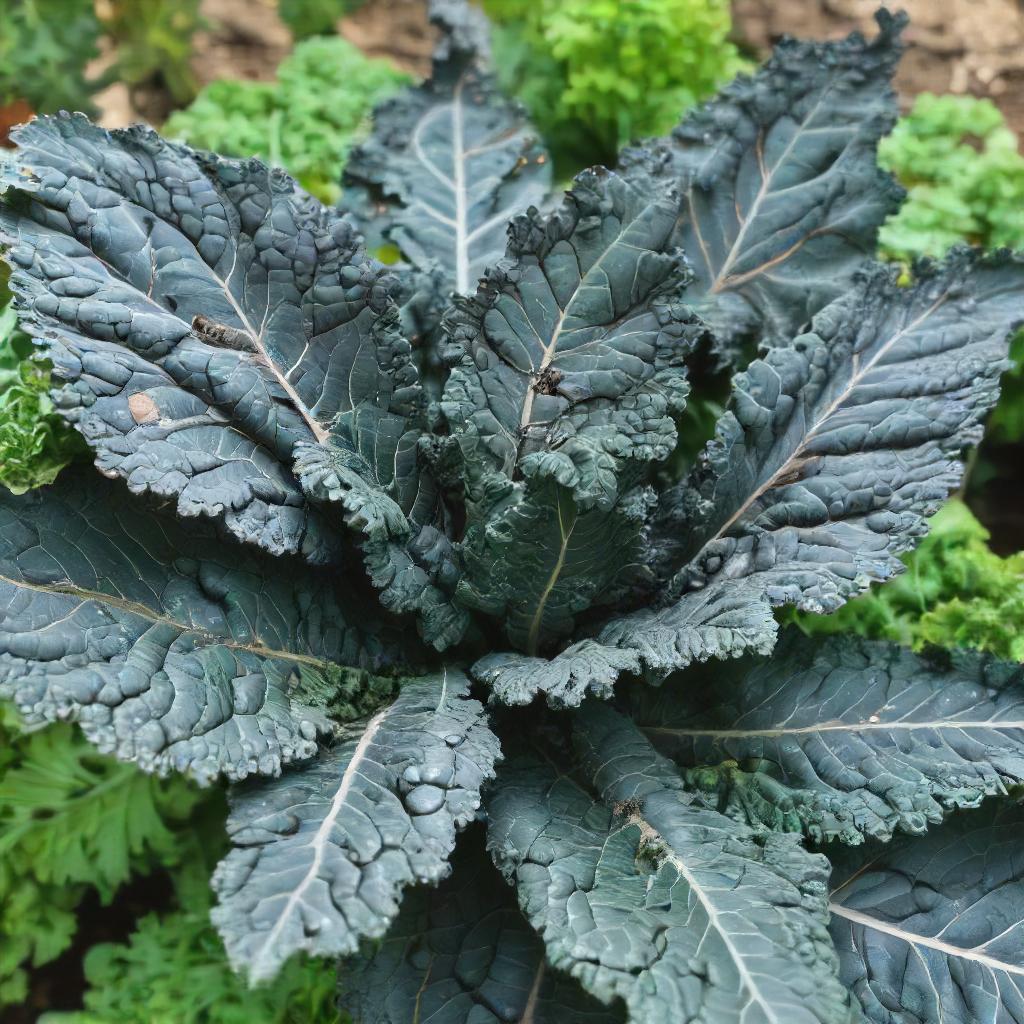
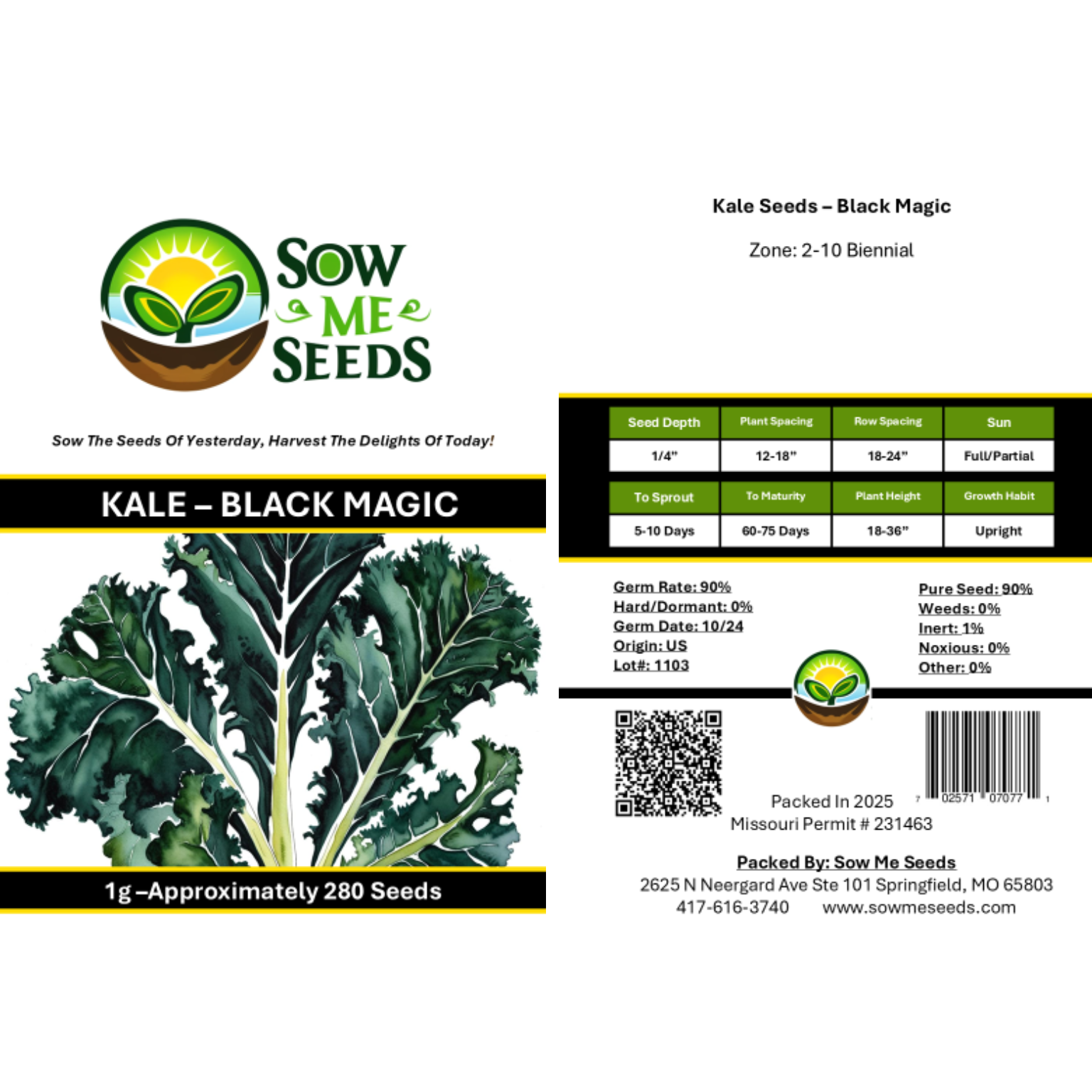
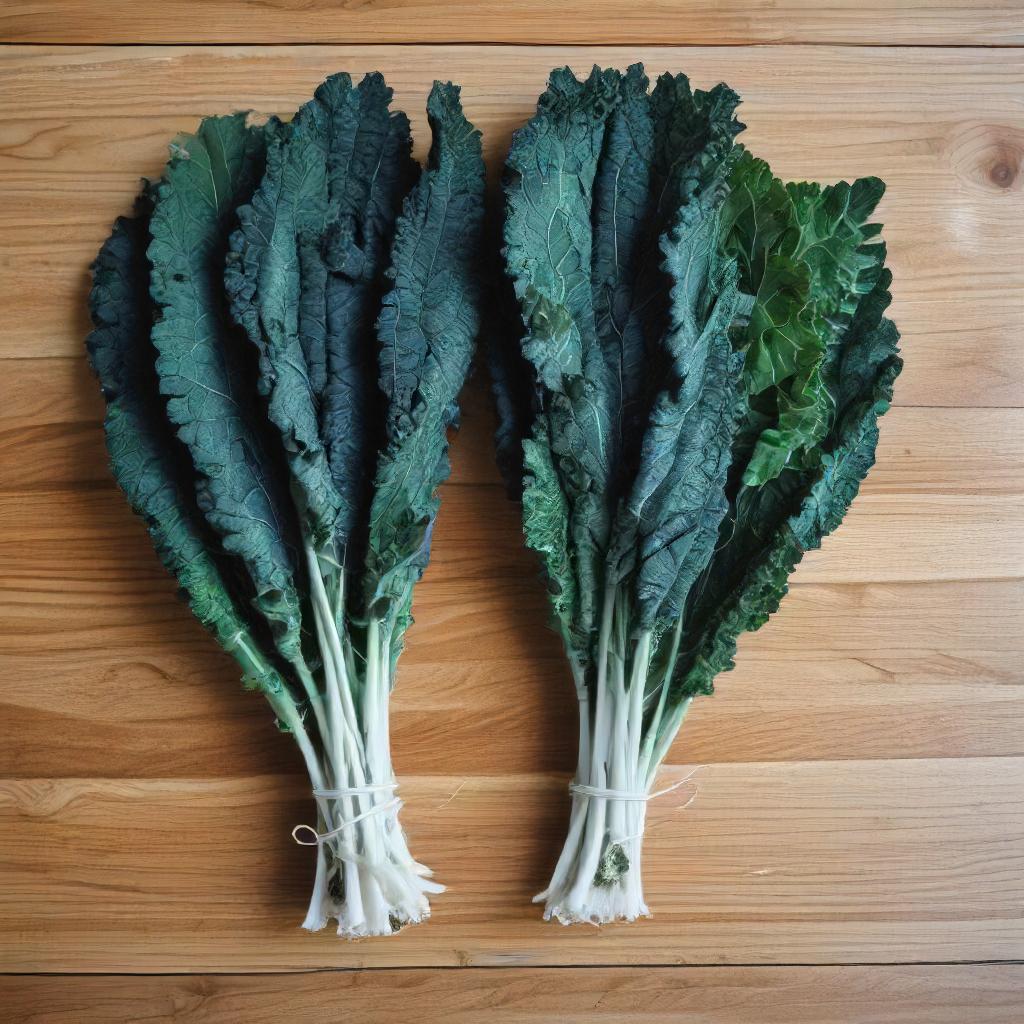
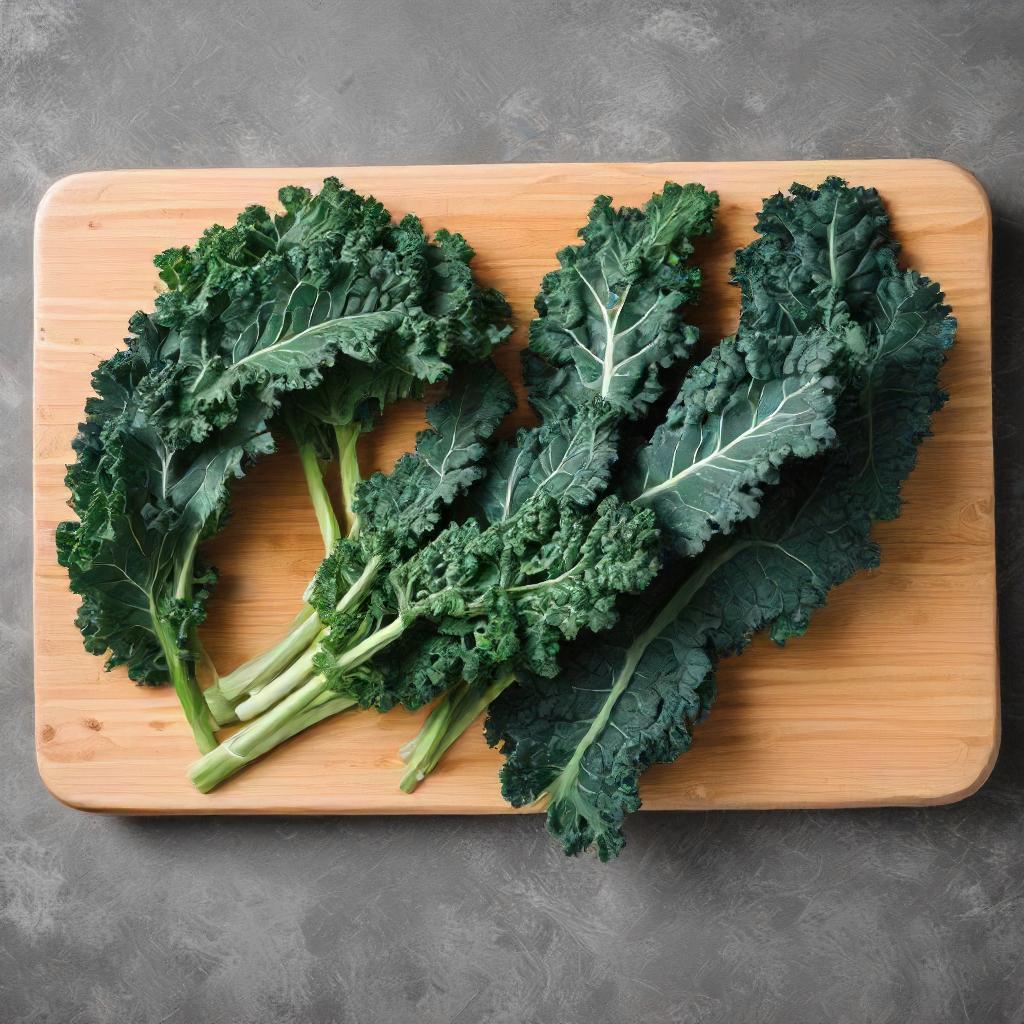
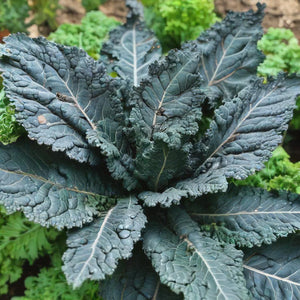
Share and get 15% off!
Simply share this product on one of the following social networks and you will unlock 15% off!